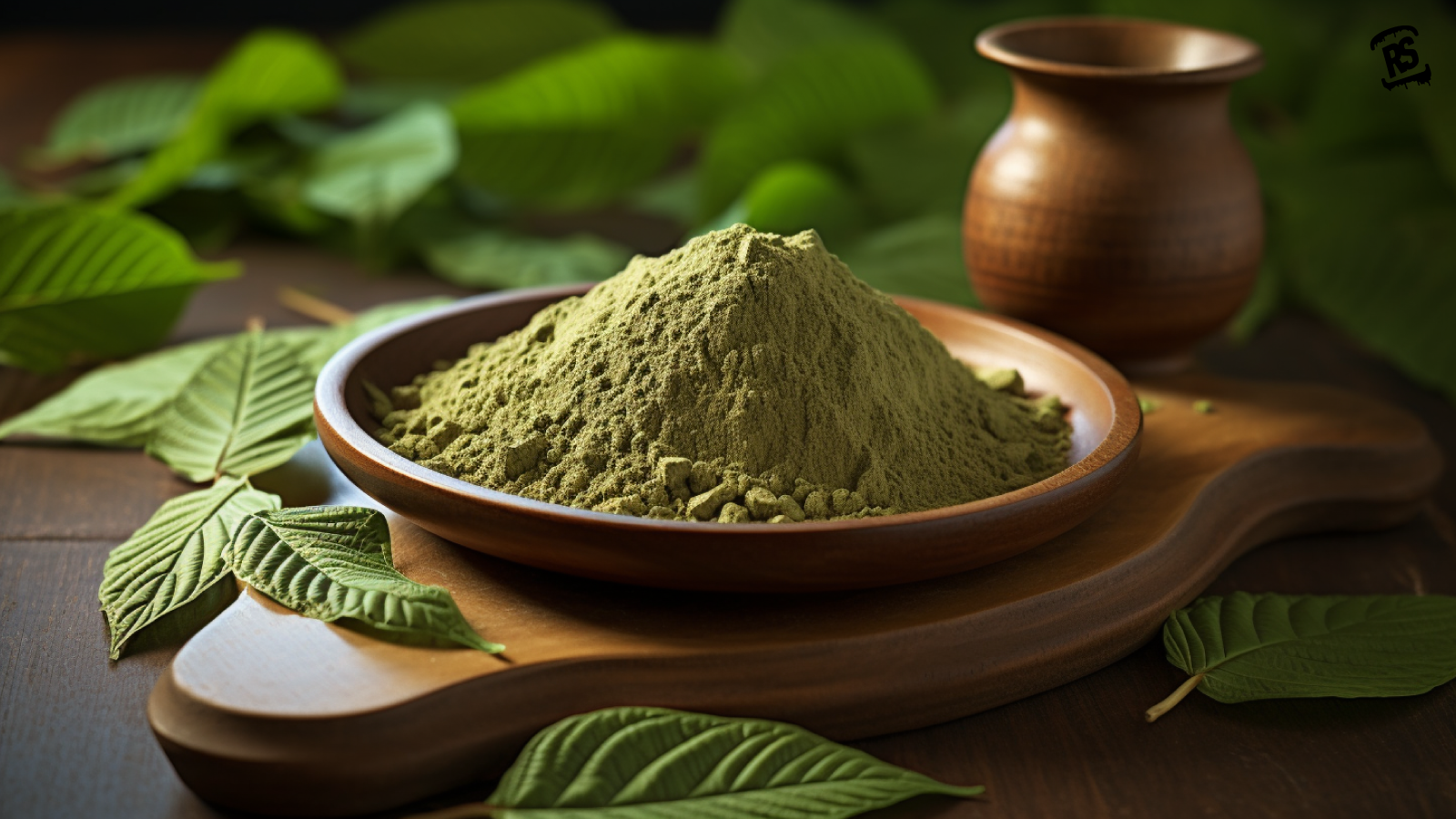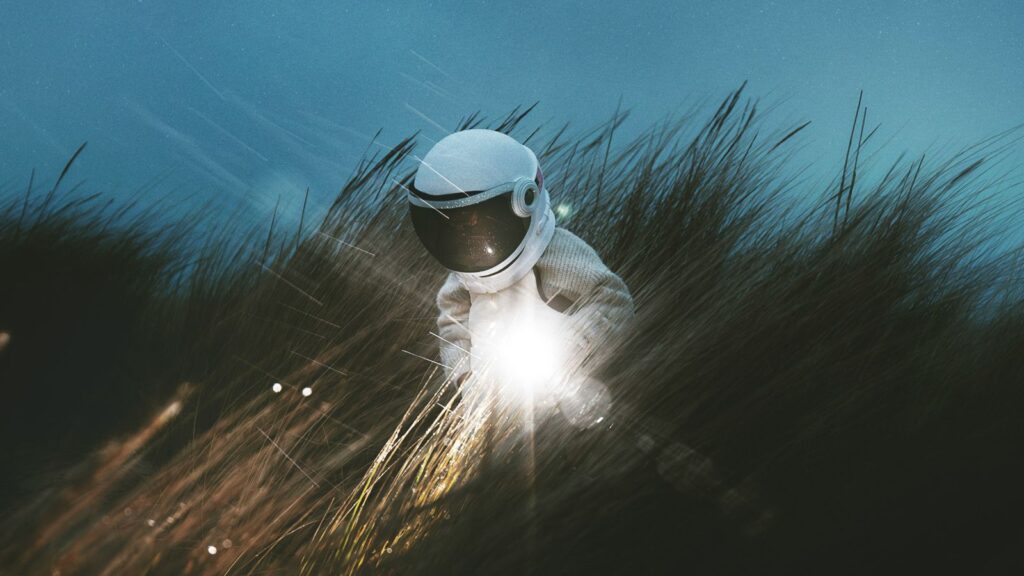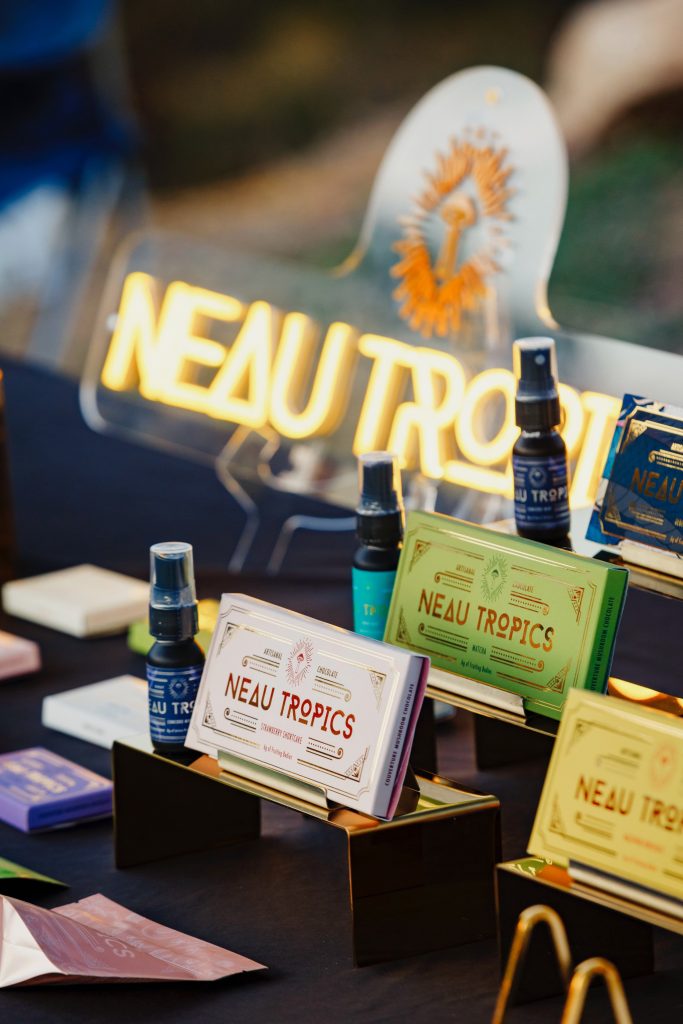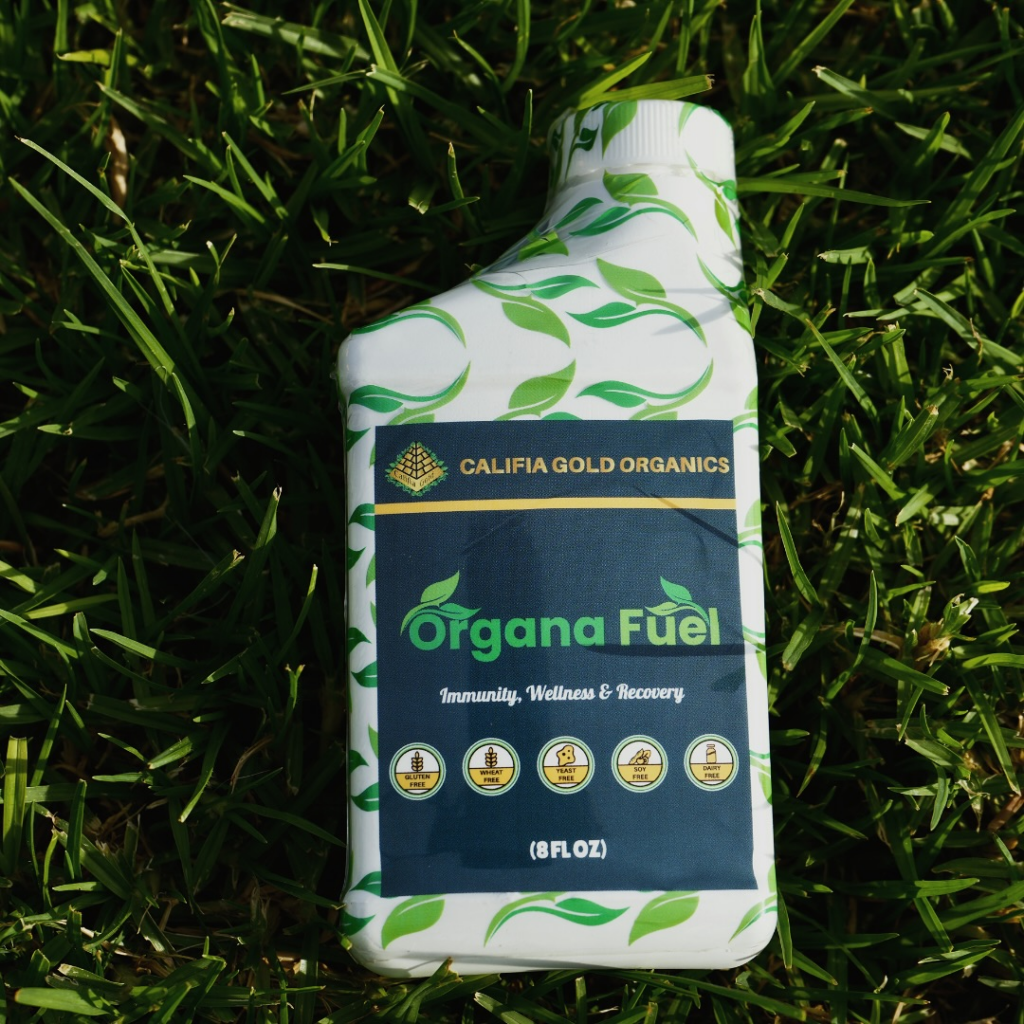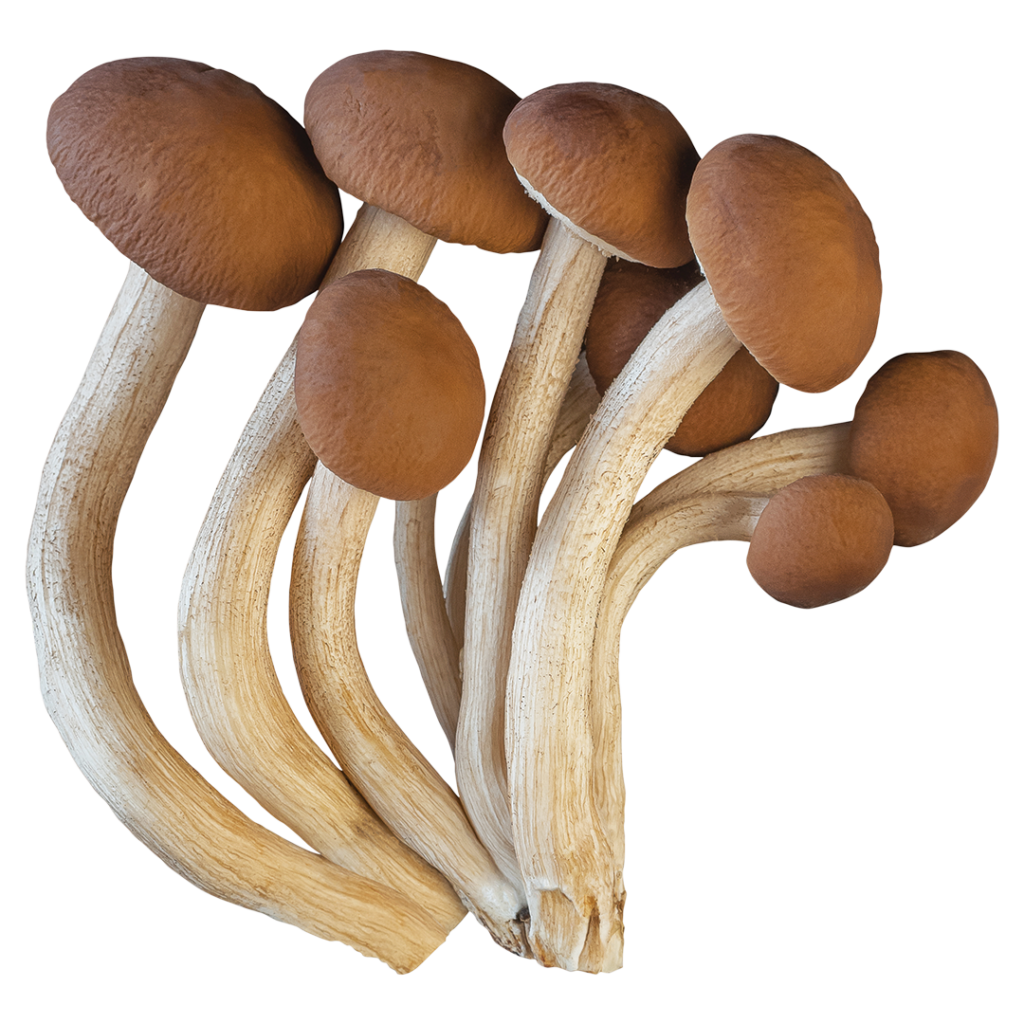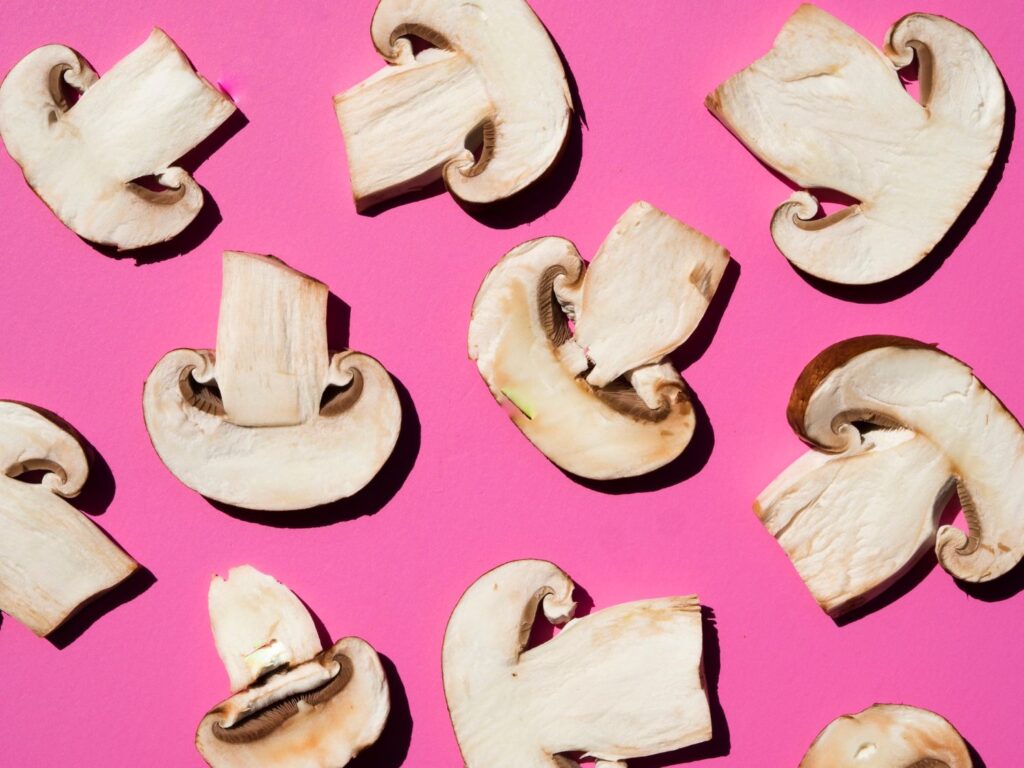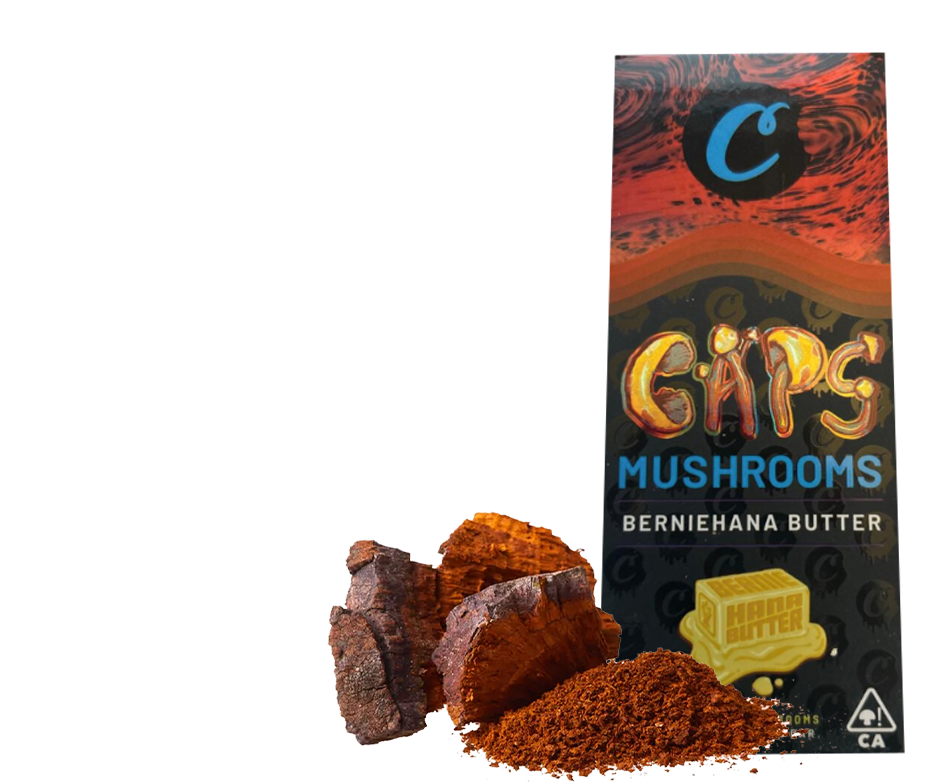Mitragyna speciosa, commonly referred to as Kratom, is an evergreen tree native to Thailand, Indonesia, Malaysia, Myanmar, and Papua New Guinea. It is a part of the same plant family as coffee, Rubiaceae. A 2007 survey conducted in Thailand found Kratom to be the most commonly used drug by respondents aged 12-65 within the country.
Kratom is still a legal substance within the United States used both recreationally and as a means for self-medication. Many users claim the effects of Kratom have helped them overcome opiate addictions, and manage chronic pain, depression and anxiety. In smaller doses Kratom has stimulant-like effects that some users claim helps them stay alert and focused, and in larger doses it has opioid-like effects.
Table of Contents
What You Will Learn About Kratom
- What is Kratom and its common effects, uses and potential benefits
- The most common forms of consumption for Kratom are in a powder, capsule or tea
- Kratom is a tree native to Thailand, Indonesia, Malaysia, Myanmar, and Papua New Guinea.
- It is the same plant family as coffee.
- Kratom is legal throughout most of the United States and commonly used throughout Southeast Asia.
- Kratom produces an effect similar to a stimulant in low doses and to a sedative in high doses.
- The leaves of plants contain over 40 different compounds, with at least 25 of them being alkaloids. Primary active compounds include: mitragynine, 7-hydroxymitragynine, and mitragynine pseudoindoxyl.
- Kratom is an opioid but it is not an opiate. An opiate comes from the poppy plant. Kratom does not come a poppy, and is far less addictive.
- Used for energy, pain management and alleviating the symptoms of opioid withdrawals
- It would take consuming about 1.6kg of dried Kratom powder to reach the LD50 for an average adult.
- Kratom has the potential for interactions with other drugs.
- Throughout 18 months in 2016 and 2017, the United States reported 152 deaths associated with Kratom.
- There currently being no FDA-approved therapeutic or medicinal uses for Kratom. Many users, however, report it helping them overcome a wide variety of issues.
Overview
Kratom is a psychoactive plant naturally grown throughout Southeast Asia. It has unique properties that act on the opioid receptors in your body producing a stimulant effect in low doses and a sedative effect in higher doses. A common way of consuming Kratom includes making a tea by grinding up dried leaves into a powder and mixing the powder into water. Another way of consuming Kratom that is more traditional is by simply chewing on a fresh leaf. Chewing fresh Kratom leaves was a common practice amongst rural farmers throughout Southeast Asia to help ease the pain associated with manual labor.
What is Kratom
The Kratom tree is a species of the Mitragyna genus classified as the speciosa species. Identifying characteristics include yellow flowers that grow in clusters of three at the end of a branch and large, glossy green leaves. When the leaves fully open, they grow up to eight inches long and five inches wide. It has a smooth, grey outer bark and can grow up to 80 feet tall with a trunk diameter of up to 3 feet. The leaves contain a majority of the psychoactive alkaloids. Other psychoactive species within the Mitragyna genus include the africana, ciliata, inermis, parvifolia, and stipulosa.
When consumed Kratom acts upon the opioid receptors in the body classifying this substance as an opioid. However, it is not an opiate. Opiates are classified as opioids derived from the poppy plant. Kratom is a far weaker substance with a substantially lower risk of addiction than most other common opioids. This has drawn a cult following to the substance. Many have successfully used it for pain management and a variety of other medical issues that are typically treated with highly addictive prescription drugs.
Street Names
Common names for Kratom, as reported by the DEA, include Thang, Kakuam, Thom, Ketum, and Biak. Other names for Kratom typically refer to the original location of the mother plant. Different growing locations contain slightly different levels of psychoactive compounds causing the effects of the plant to be slightly different depending on where the plant originated. Popular names include Maeng Da, Thai, Borneo, Bali, Indo, and Malay.
Scientific Name

The scientific name for the Kratom tree is Mitragyna speciosa. The psychological effects after consuming the plant come from a wide range of psychoactive alkaloids. So far, at least 25 different alkaloids have been identified within the leaves of the plant. The primary active compounds within the leaves of the Kratom plant are mitragynine, 7-hydroxymitragynine, and mitragynine pseudoindoxyl.
As we mentioned earlier, the Mitragyna genus has other psychoactive species as well. Javanica and Hirsuta are two species that are bit more common than the others, but still less popular than Kratom. Despite a difference in active alkaloids, both of these species produce similar effects to Kratom but with less potency. The primary active alkaloid in Mitragyna javanica is mitrajavine. This compound still acts on the opioid receptors in the body but is less potent than the active compounds in Kratom. In Mitragyna hirsuta the primary active alkaloid is mitraphylline which also acts on the opioid receptors in the same way as the compounds in Kratom but with a lower potency.
Forms & Ways of Consumption
With the way Kratom becomes active in the body, there are wide range of ways to consume it, while still receiving its full effects. One of the simplest methods is mixing Kratom powder into a glass of water and drinking it. Some users prefer mixing it in as little water as possible so there isn’t much to drink while others prefer heavily diluting it to help mask the taste. A bottler can be helpful to fully mix the Kratom into the water to prevent any dry clumps. Some users substitute the water with juice or even chocolate milk to further mask the taste.
A tea can also be made with boiled water. Most people use between two and four cups, and pour the boiled water over ground-up Kratom leaves. Mix the powder into the tea until there aren’t any clumps of powder. Allow the mixture to cool prior to consumption. Many users add honey or some other type of sweetener to reduce the bitterness of the tea.
Another method of consuming Kratom is called the “toss and wash” method. This method involves eating a spoonful of dried powder then washing it down with any type of drink. Some people will have a hard time with the dryness and taste causing them to gag or cough up the powder.
Capsule form is a common way Kratom is sold. This alleviates any concerns with the taste and dryness associated with consuming Kratom. However, this method can be problematic if consuming higher doses due to an accumulation of gelatin in the stomach. This can cause pain and irritation in the stomach.
Unlike most dried herbs with psychoactive alkaloids, Kratom is far less effective if smoked or snorted.

Red Bubble Tea
To bring out the full potency of Kratom, it must be prepared using a method called red bubble tea. Normally when consuming this substance your stomach acids will only break down a portion of the alkaloids before it is processed and expelled by the body leaving a large amount of the alkaloids inactivated. The process of making red bubble tea frees up these psychoactive alkaloids prior to ingestion allowing your body to absorb a higher percentage of the alkaloids available in the Kratom plant. The basis of making red bubble tea involves mixing Kratom powder with some type of acidic juice, such as lemon juice, letting it sit for about 10 minutes then adding water and freezing the mixture.
History
Kratom has a strong history through Southeast Asia where it naturally grows. Farmers and manual laborers would regularly chew on the leaves of the plant to alleviate pains and keep their energy levels up throughout a day of hard work. Recently this plant has moved into Western culture as a recreational substance that some use for self-medication as well. It has become popular as a method for managing chronic pain and alleviating the symptoms of opioid withdrawals.
Indigenous Uses
Indigenous use of Kratom has been documented throughout Southeast Asia, particularly in Thailand, Malaysia, and Indonesia. The working class primarily used it to treat a variety of ailments including chronic coughs, diarrhea, intestinal-based illnesses, chronic pain, and depression. Farmers and laborers would even use it to give them an energy boost throughout the day to maintain productivity. This also would alleviate the pains associated with doing hard labor for extended periods of time.
Manual laborers would typically just chew on fresh or dried Kratom leaves to provide an extended release of the psychoactive compounds. By chewing the leaves instead of eating them, it provided a slow release of the psychoactive alkaloids to avoid the sedation associated with higher doses. This also kept them energized throughout the day due to the stimulant-like effects Kratom has in small doses. When used for medicinal purposes, Kratom was usually brewed into a tea then drank. By consuming a larger amount of it at once it would bring out the opioid-like sedation and pain suppressant effects to help alleviate symptoms of various illnesses.
Some indigenous people even used Kratom as a substitute to opium when it was not affordable or to help overcome opium addictions. In 1836, Peter Korthals first described the plant in Malaysia and wrote about how the natives were using it as a substitute to opium. Two years later, Ridley observed and documented this same group of natives using Kratom to wean off of opium and overcome their dependency.
Laws and Legal Status
The various schedules of the United Nations Drug Conventions does not list or regulate Kratom or any of its alkaloids.
Association of Southeast Asian Nations
In 2013, the Association of Southeast Asian Nations (ASEAN) listed Kratom as a product that cannot be traded as a traditional medicine or health supplement across any ASEAN nation.
Australia/New Zealand
In 2015, Kratom was classified as a controlled narcotic in both Australia and New Zealand.
Canada
Marketing Kratom for consumption is illegal in Canada, but it can still be sold for other purposes like incense.
Europe
Kratom is a controlled substance throughout much of Europe including Denmark, Latvia, Lithuania, Poland, Romania, Sweden, the UK, and the Republic of Ireland.
Malaysia
Malaysia prohibited the use of Kratom leaves in the Poisons Act of 1952, although it is still very popular due to its natural growth throughout the country.
Thailand
Thailand was the first country in Southeast Asia to legalize Kratom for medicinal use.
Kratom
Kratom is still a legal substance throughout much of the United States. However, the FDA put it on an import alert and began confiscating imported supplies of Kratom. Alabama, Wisconsin, Arkansas, Indiana, and Vermont have made Kratom illegal and the U.S. military has forbidden any soldiers from using it. The Drug Enforcement Agency attempted to add Kratom to Schedule I of the Controlled Substances Act in 2016 but withdrew their statement of intent after widespread public protests.
Pharmacology
The pharmacology of Kratom is still fairly unknown due to the complex composition of its psychoactive alkaloids. It contains over 40 different compounds in the leaves of the plant with at least 25 of those compounds being alkaloids. We do know that three primary active alkaloids produce the majority of the psychological effects associated with Kratom. These three primary active alkaloids are mitragynine, 7-hydroxymitragynine, and mitragynine pseudoindoxyl. Other alkaloids contained in Kratom leaves include ajmalicine, corynantheidine, mitraphylline, mitragynine, pseudoindoxyl, and rhynchophylline.
Mitragynine and 7-hydroxymitragynine both act as partial agonists to the μ-opioid receptor. 7-hydroxymitragynine has a stronger affinity to these receptors than mitragynine. But it is found in significantly lower amounts than mitragynine in the leaves. Scientists believe these compounds are responsible for a large portion of the opioid-like effects when consuming large doses of Kratom. Some of the other alkaloids act as antagonists to the μ-opioid receptors which is a possible explanation for the difference in effects depending on the dosage consumed. It is still unknown how these compounds interact with the δ- and κ-opioid receptor subtypes.
The sedative effects of Kratom likely come from the way mitragynine stimulates the α2-adrenergic receptors. This stimulation inhibits norepinephrine from releasing into the body resulting in sedation. Dexmedetomidine, or Precedex, functions in a similar way. Users consume Kratom to manage anxiety and some of the symptoms associated with opioid withdrawal.
Different colors of Kratom Red, Green, White and Yellow
A common way Kratom companies market is through different “strains.” Typically they call them red, green, white, or yellow depending on the color of the leaf as well as adding the location where the mother plant originated from. You may have heard of red maeng da thai, yellow borneo, or white bali Kratom. The real reason these powders have different colors is entirely due to a difference in the curing process of the leaves. It has nothing to do with a genetic difference in the plants. A tree with a red Kratom leaf will not reproduce and make more trees with red leaves unless placed in the exact same environment. So, do not fall victim to these marketing schemes and know that different “strains” are not actual strains of Kratom, but rather different ways of curing the leaf.
Toxicity
Before we can discuss whether or not Kratom is toxic, we first need to define what makes a substance toxic. Toxicity is defined based on the levels of exposure required for a substance to cause harm to a human or animal. The level of toxicity measures the dose required to cause harm to a human. Even water can be toxic in too high of a dose and lethal snake venom can be non-toxic in a small enough dose. LD50 is a common measurement of toxicity, which measures the lethal dose for half of the tested organisms.
Recent studies estimate the LD50 for mitragynine, the primary active alkaloid in Kratom, to be 477mg/kg. This puts the lethal dose for an average adult weighing 150 pounds at approximately 32.5 grams. Dried Kratom powder contains roughly 2% mitragynine, so it would take about 1.6kg of dried powder to reach the LD50 for an average adult. This would be an unbelievably high dose of Kratom, close to eating an entire tree’s worth of leaves at once. Typical Kratom doses range from one to eight grams of dried leaf powder.
Interactions
Kratom carries a significant potential for interactions with other drugs. Mixing Kratom with opioids can be fatal due to an increased risk of respiratory depression resulting in suffocation. Some health professionals believe that mixing benzodiazepines and Kratom may potentiate the effects of both substances. With the relatively high risk of benzodiazepine overdose, this combination can be fatal. Alcohol and Kratom can enhance the nausea associated with both substances resulting in vomiting. There are some cases of seizures when mixing modafinil and Kratom.
Safety
With the high LD50 of mitragynine and the active alkaloids of Kratom, overdose is very unlikely when only consuming Kratom. There is a concern for addiction due to the way the substance acts as an opioid. It can cause withdrawal symptoms very similar to that of an opiate, but in smaller levels, if consumed daily in relatively large doses. One user even posted a comprehensive guide to mitigate and overcome Kratom withdrawals.
There has yet to be a death directly attributed to only Kratom use. However, there are reports of deaths related to its consumption. Throughout 18 months in 2016 and 2017, the United States report 152 deaths associated with Kratom. It is still unclear what the exact cause of these deaths were. At least 92 of these deaths resulted from a combination of substances. Seven of these 152 deaths report Kratom as the only detectable substance.
Common Side Effects
Common side effects of Kratom include:
- Numbness of the tongue
- Nausea and vomiting
- Dry mouth
- Constipation
- Aggression
- Hallucinations
- Thyroid problems
- Respiratory depression
- Difficulty sleeping
- Itchiness
Adverse Effects
Potential adverse effects of Kratom primarily happen in heavy users that consume high doses daily and when combined with other substances. Kratom use does carry a risk of addiction with opioid-esque withdrawal symptoms. However, they are not as severe as most other opioids. Whenever consuming the substance there is a risk of vomiting. Consuming Kratom puts a strain on the liver, so excessive use can cause some liver damage. The FDA analyzed 30 different Kratom products for heavy metals. This analysis found lead and nickel in amounts that exceed levels of safe exposure.
Uses
Currently, there are no FDA-approved therapeutic or medicinal uses for Kratom. However, many users report it helping them overcome a wide variety of issues. There are an overwhelming number of user reports claiming it has helped them overcome and alleviate the symptoms of opioid addiction, anxiety, depression, and chronic pain. Indigenous people through Southeast Asia have used Kratom to help overcome opium addiction for centuries.
Self-medicating
The Pain News Network recently conducted the largest survey on Kratom use to date with 6,150 participants. Over half of the respondents used it for chronic pain, 15% used for anxiety, 9% used for treatment of opioid addiction or dependence, and 9% used for depression. Despite these numbers the FDA has not approved Kratom for any therapeutic or medicinal uses. Over 90% of the respondents said it was “very effective” as a treatment for their pain or medical condition. So, not only are people self-medicating with Kratom, it’s actually helping them as well.
Another way people use Kratom to self-medicate is by consuming it in low doses to help with concentration. This would be a more traditional way to use the substance. Indigenous people in Southeast Asia would use it to help them maintain their energy while doing manual labor. Some users have reported it helping with ADHD as well.
Therapeutically
In Thailand, Kratom is legal as a medical substance. It is still unclear what ailments the substance can be prescribed for. Prescriptions will likely be largely dependent on each individual case. Most likely, it will be prescribed to help people overcome opioid addictions and for relief of chronic pain. These are the most well-documented therapeutic uses both from a scientific standpoint and with anecdotal evidence.
Kratom Today
As a legal substance regularly available in head shops and throughout a wide range of online retailers, it is easy to find Kratom almost anywhere in the United States. This has resulted in a large community who regularly use the plant recreationally or to self-medicate. It has become so popular that a reddit group has formed with over 80,000 subscribers. This surge in popularity has brought on new ways of preparing Kratom to increase bioavailability of the alkaloids, a deeper understanding of the plant as a whole and its potential medicinal benefits.
Kratom as a Legal High
Recreational users of Kratom mostly see the substance as a harmless legal high. In low doses it produces a stimulant-like effect that energizes the user and enhances focus. Higher doses have an opioid-esque effect. Since its effects change based on the amount consumed, it has drawn to a wide variety of people who enjoy it for different reasons. Purchasing Kratom legally still comes with some risks. The FDA recently analyzed 30 different Kratom products for heavy metals and found dangerous levels of lead and nickel. There are also high rates of contamination with salmonella across various products and suppliers.
In Thailand, a tea-based cocktail became extremely popular amongst adolescents called “4×100” that spread throughout Southeast Asia. The cocktail is made from Kratom leaves, cough syrup, Coca-Cola, and ice. This made for an addictive combination that led to severe problems for the youth. Particularly in three provinces in Southern Thailand and Malaysia where the drink was particularly popular.
Kratom Community in the States
With the recent boom of Kratom use in the U.S., a large community has formed and continues to grow. This has led to new discoveries in how to best grow it and prepare it for consumption. Just this past summer, an American botanical breeding program cultivated a new line of speciosa trees. Typically flower pods are not produced for three to five years of growth. This new line brings that production cycle down to just a few months.
Another new innovation within the world of Kratom is the red bubble tea preparation method. This method enhances the effects of consuming powdered leaves by improving psychoactive alkaloids’ bioavailability. It preemptively frees up the alkaloids from the plant so they are ready for your body to process. Without this method a large portion of the alkaloids in Kratom are expelled before they can be broken down and released into the body.
FAQ
Who Discovered the Kratom Plant?
The Kratom tree was first identified and described in 1839 by Pieter Korthals, a Dutch colonial botanist. After being renamed and reclassified a number of times, it was finally named Mitragyna speciosa by George Darby Haviland in 1859.
Does Kratom Degrade?
Kratom does expire just as any other dry food or tea can. Obvious signs of expired Kratom include mold, and a loss of color and scent. As the substance ages it also loses potency.
How to Store Kratom?
To maximize the shelf life of dried Kratom leaves or powder store in a cool, dark, and dry location.
How to Test Kratom for Adulterants?
An adulterant is an added substance that shouldn’t be there. It could be a residual chemical, or another compound added to increase profitability, or the effects. You can use a Marquis test to check for the most common adulterants. A Marquis test is a chemical reagent test that produces specific colors when mixed with specific substances. While this won’t rule out all adulterants, it does rule out most of them. Marquis tests are also a relatively inexpensive and quick way to test your substances.
What Does Kratom Taste Like?
Kratom has a bitter taste with a dry consistency. The bitterness will remain in the aftertaste after consumption and it may stick to crevices in your mouth. The dryness can cause some to gag or cough, sometimes even to expel the Kratom.
Where to Buy Kratom?
Kratom is sold in smart shops, headshops, supplement and herb shops across the world and US. Some users also buy and import their kratom directly from Asian vendors, altho this is much riskier since buyers have to buy larger quantities- which makes them more vulnerable to scamming and there can be a significant lack of quality control of the final product.
Contributor | Cort Honey
This Kratom guide is for educational purposes only. While it is our belief that choosing to consume psychedelics is an inalienable human right, many psychedelic substances are currently illegal in the United States.
Our substance guides provide the public with the most accurate and reliable information about psychedelic substances that currently exist. We have compiled research, scientific studies as well as experiences and thoughts from the psychedelic community. We do not include all the scientific research and studies. Rather, we curate each our guides to reflect the most relevant insight backed by the most credible evidence. That being said, we are just at the beginning of studying these substances, and everyday we are learning something new. Knowledge is power! Have a bite. If you have relevant information or updates concerning the research and studies of psychedelic substances, please reach out to oggy@thedelic.com. We appreciate your contribution. –RS
